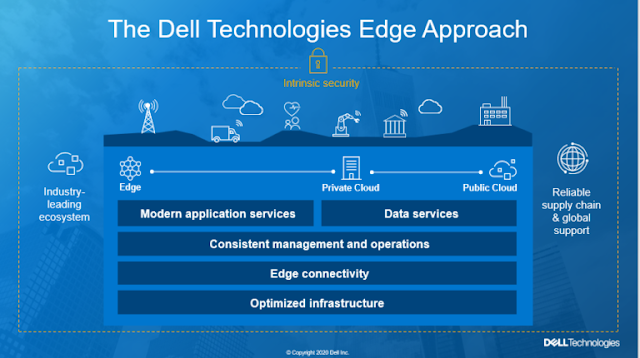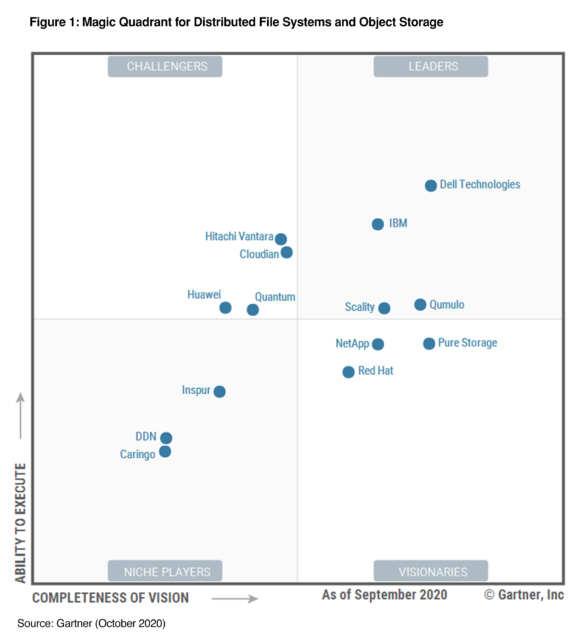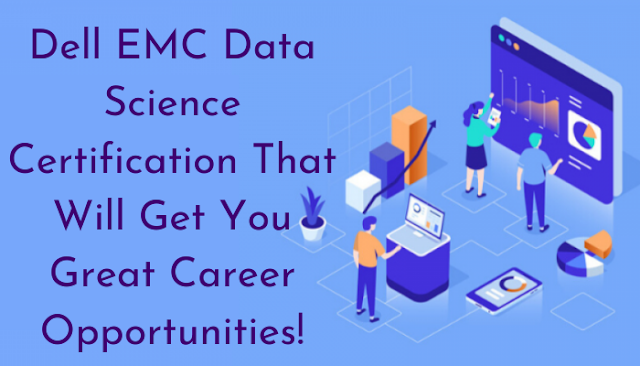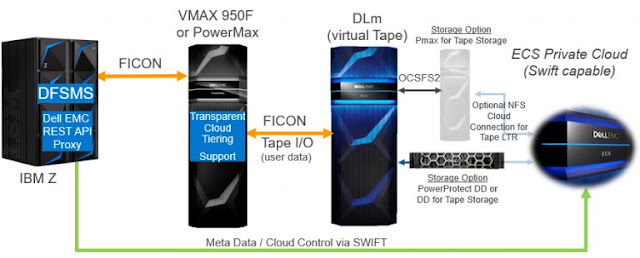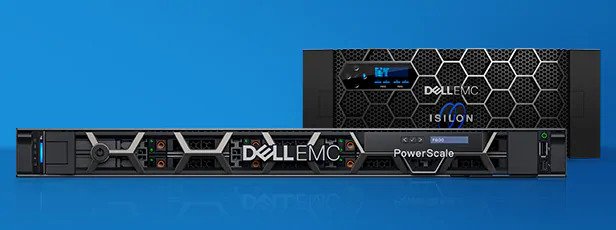Cloud is just about everywhere and in most companies’ strategies. However, getting and moving to cloud doesn’t always happen as quickly as we hope. The larger your infrastructure is, the more detail is required to plan and migrate while minimizing disruptions to daily operations.
But is cloud, specifically public cloud, the best approach for every need, every application, and every company? Or is “cloud-like” a better route?
As IT administrators evaluate their cloud options, they may find a number of criteria to support moving to public cloud. They may also find some aspects that are not so favorable. Security, data ownership or data lock-in, flexibility, choice of platforms, available applications, and so forth -– these are some of the key aspects to consider when moving from an on-premises environment, and which may prevent you from fully migrating certain applications, data, and policies to public cloud. But you still want all of the benefits that come with cloud.
Enter “Cloud-like”
A cloud-like approach could mean evaluating different options to obtain public cloud benefits – such as scalability, economics, flexibility, manageability – but without some of the risks or downsides you have discovered about public cloud for your business, infrastructure and workforce. Perhaps your IT organization knows that running certain workloads with on-premises servers will always provide faster results than cloud instances. Maybe IT also believes that maintaining the data close to compute/servers and not incurring data transfer costs or lock-in will reduce latencies and budgets over the long term. Or it could be that IT really wants to secure data and meet in-region compliance requirements for data privacy, for example, without risking data migration to or in the cloud. Unique scenarios indicate a cloud-like approach could benefit IT as they engage in hybrid IT models.
Let’s evaluate servers in a cloud-like approach. To leverage servers in this scenario, a consumption component must be considered to deliver cloud-like economics. This can include approaches like metered consumption or pay-as-you-go, without embarking on buying servers. This approach would also mimic cloud, paying for CPU cycles when needed.
Another aspect is how to ensure servers can scale in performance to tackle real-time burst demands for processing data. An expanded capacity (“bursting”) option could be useful.
And with servers and data on-premises, businesses can experience cloud-like flexibility while reducing risk of outage or breaches while keeping latency low.
Dell Technologies Flexible Consumption for Dell EMC PowerEdge servers enables cloud-like aspects as described prior. This solution from Dell Financing Services can enable you to get the technology you need today to drive business outcomes and predict your IT spend. One of the Flexible consumption solutions include Flex on Demand, which helps you address business requirements with payments that scale up or down to match your usage.*
Deliver a similar, “cloud-like” experience on-premise
Not only does Flex on Demand provide a consumption model which is cloud-like while giving you the servers you want with all the bells-and-whistles and full management by Dell, but Flex on Demand also helps IT scenarios such as:◉ Datacenter extension – whether consolidating colocation or hosted operations back into the domain to reduce costs or seeking to support additional workloads for a set period of time (months to years), IT can readily reduce external factors and maintain full control over operations without management overhead.
◉ Secured, fully independent environments – ideal for in-region or country requirements to support global privacy, security, compliance standards, servers in a Flexible Consumption program are fully isolated but fully manageable to support global business needs
◉ Mixed workloads and mixed volatility – real-time, demanding, volatile and retail applications often push servers to maximum operations for a short time before settling back to a normal cycle. A dedicated Flex on Demand approach separates this strain from your infrastructure, and provides the right-sized server choices for your workloads, allowing for these bursts of activity as they appear.
With Flex on Demand, IT has an additional consumption approach to obtaining the best PowerEdge servers for their applications, and in a cloud-like economics fashion.
Now you have more choices to select the best compute nodes for your business needs. AMD-based PowerEdge servers with Flex on Demand provide new configurations for deployments including web front-ends, cloud hosting servers, and other high-demand, high-transaction environments. Furthermore, Flex on Demand is also available for Dell vSAN ready nodes, further extending the value of cloud-like consumption into your operations model. Learn more about PowerEdge servers and Flex on Demand here.



